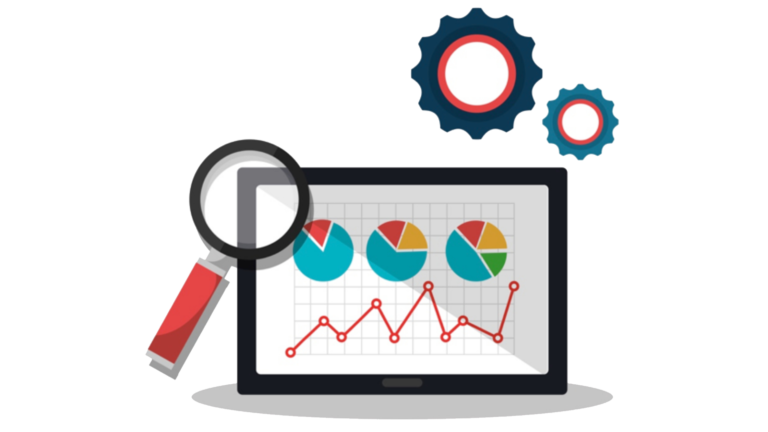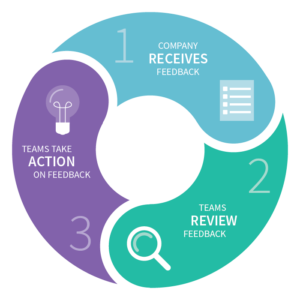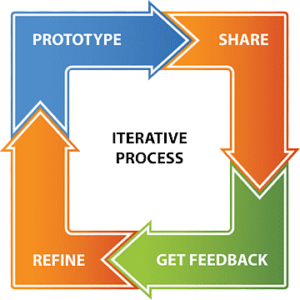
User Feedback Analysis
User Feedback Analysis: Companies may utilize user evaluations as a goldmine of information to improve their products, services, and overall customer base. Retrieving valuable information and drawing logical conclusions need an efficient analysis of user input. This is a guide on how to analyze user feedback proficiently:
Use several outlets, including surveys, social media, customer service forums, and user reviews, to gather a diversity of viewpoints.
To elicit detailed responses, use specific, focused inquiries.
By collecting feedback regularly, you’ll be able to track your progress over time.


Use tools like spreadsheets, feedback management systems, or dedicated software to centralize all feedback.
Divide comments into groups based on themes, such as suggestions for new features, usability issues, issues, and overall satisfaction.
Utilize numerical data, such as ratings and scores, to identify trends and patterns.
Calculate average scores, identify outliers, and monitor changes over time to evaluate performance.


Take a critical look at written remarks to notice nuances and details.
Look for recurring words, phrases, and emotions to spot recurring themes or noteworthy details.
Examine the input for patterns and recurring themes.
Sort areas for improvement or reinforcement based on how frequently certain grievances or compliments occur.


Be mindful of feedback that can lead to noticeable progress.
Prioritize issues that significantly impact the user experience or that have a large number of affected parties.
Consider the user’s profile, which includes their membership status, usage frequency, and demographics, to understand different points of view.


Use visual aids like word clouds, graphs, and charts to present feedback insights understandably and interestingly.
To build rapport and demonstrate your openness, share your findings and action plans with others.
Respond to feedback by making changes, then monitor if they improve the user experience.


Continuous analysis and development based on feedback are necessary for long-term success.
Review and reassess client input often to make necessary adjustments for evolving needs and preferences.
To sum up, continued development requires a strong grasp of user feedback analysis. By collecting, organizing, and analyzing user input methodically, companies may get invaluable insights, enhance their operations significantly, and strengthen their relationships with their user base. Remember that to encourage positive change, it’s important to evaluate the feedback you get in addition to just collecting it.

